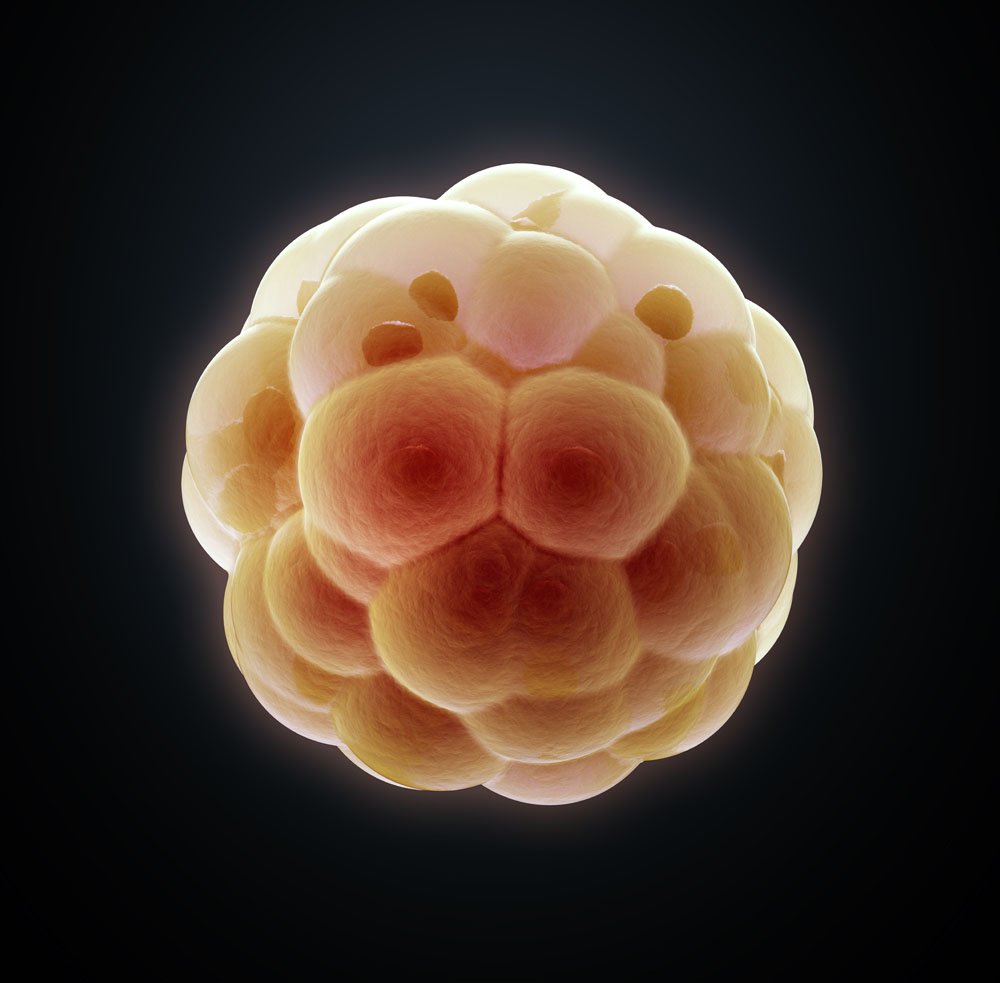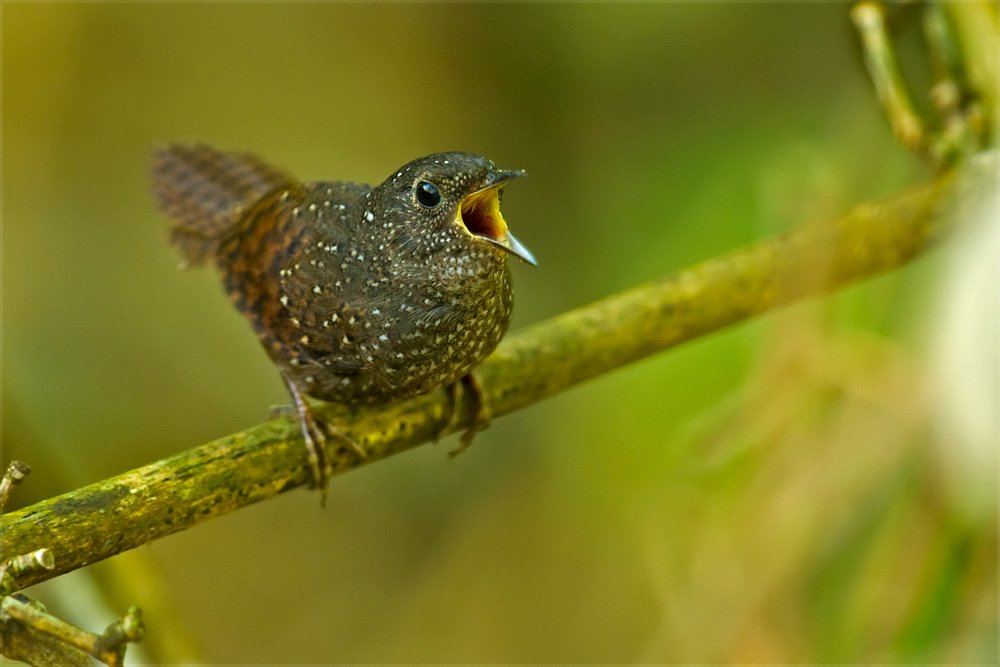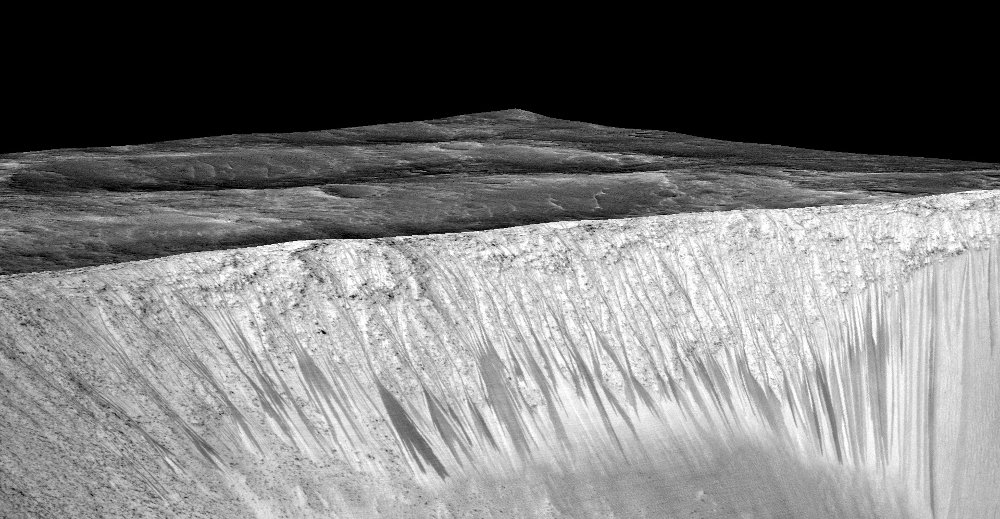Outstanding scientific findings in 2015
Discovering new human relatives or liquid water that exists beneath the surface of Mars is the outstanding scientific discovery this year.

In September, scientists announced the discovery of the ancestors of an unknown strain, Homo Nalendi, found in a cave in Africa.About 15 Homo Nalendi fossils were found, including the bones of babies, young children, adults and elderly people, showing that the body mass and characteristic physique is a bit smaller than that of modern humans.This is the largest collection of bones of a newly discovered human race in Africa, helping us to better understand the development of human branches in history.

CRISPR gene editing technology is a breakthrough in gene editing techniques this year.Researchers in China have presented DNA editing work in human embryos - a controversial act in the scientific world.Researchers at Harvard University also cultured the gene of a mammoth long curly extinct hair long into the living cells of a modern elephant.In addition, other scientists also used CRISPR for pig organ repair - cultivating as human source for transplantation, or modifying mosquito genes to eradicate malaria.

In October, the International Wildlife Conservation Fund (WWF) published a report on biodiversity in the Himalayan region , indicating a total of 211 new species were discovered here between 2009-2014. .Including 133 species of plants, 39 species of boneless, 26 species of fish, 10 species of amphibians, a reptile, a species of bird and a mammal.

In September, scientists from the US Aeronautics Agency (NASA) gave evidence of the existence of liquid water on Mars.The photo shows dry streaks of salt deposited in seasonal changes in Mars.In addition, they discovered the presence of a hydrated molecule perchlorate on the Red planet.This finding further enhances the potential of living organisms present on Mars.

Researchers in Sweden have developed a blood test, which detects cancer at an early stage by testing only one drop of blood .This method is up to 96% accurate, accurately classifying 71% of cancers, helping doctors diagnose and offering appropriate short-term treatment regimens for many diseases.

Earlier this year, scientists discovered a new antibiotic - for the first time in nearly 30 years.This finding could pave the way for the study of new antibiotics, against current drug resistance.

In February, a group of American geneticists completed a map of human epigenome mechanisms .This is considered the peak after nearly a decade of research.The team drew a diagram of more than 100 human cells, helping researchers understand the link between DNA and disease.

NASA discovered the brightest galaxy in the universe ever known by the WISE infrared scanning space telescope.This galaxy is 300 trillion times brighter than the Sun.Most likely, a giant black hole in the middle of the galaxy's disk is what makes it so intense.

Canada's Ocumentic Technology Group spent $ 3 million in eight years to research and develop a type of lens implanted in the human eye .In an announcement in May, Ocumentic said the lens enhances vision three times the universal standard for normal vision (20/20).The lens is implanted in the eye for about 8 minutes, painless, similar to cataract surgery.With this lens, people can clearly see the clock in a position 9 meters away.This technology is expected to hit the market in 2017, and is only for people over 25 years old.

In March, scientists at Stanford Medical University announced a new way to turn cancer-causing white blood cells into benign immune cells, called macrophages , then sort and destroy the cells . cancer cells and pathogens.
- The 10 most remarkable scientific findings of the year
- Top 10 most important scientific findings of the decade
- Breakthrough scientific findings in 2016
- Looking back at the outstanding scientific events in 2015
- 5 most outstanding scientific discoveries in 2013
- UNESCO honors five outstanding female scientists
- Launching a science application prize worth $ 30,000
- 10 outstanding science and technology events 2014
- New findings may help predict volcanic activity
- 10 most impressive findings in 2010
- 10 scientific breakthroughs in 2005
- Five outstanding scientific faces in 2015
 Vietnam 5th Asian champion on fuel-efficient vehicles
Vietnam 5th Asian champion on fuel-efficient vehicles We can read all NASA studies completely free of charge
We can read all NASA studies completely free of charge Singer and songwriter Bob Dylan won the 2016 Nobel Prize for Literature
Singer and songwriter Bob Dylan won the 2016 Nobel Prize for Literature Scientific revolution in Asia
Scientific revolution in Asia